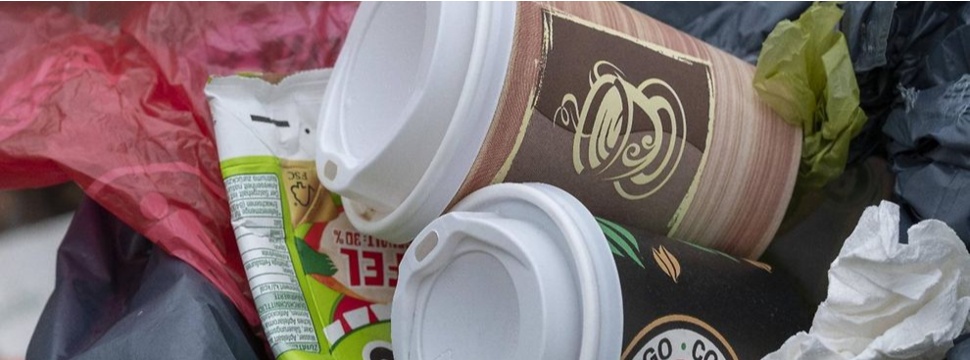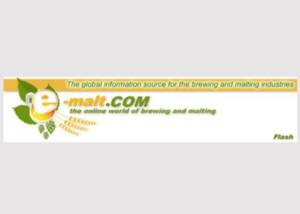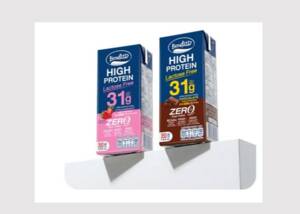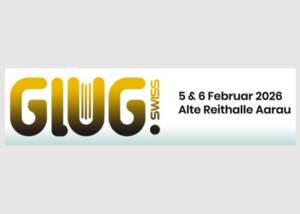Implementation of the EU Single-Use Plastics Directive: Combating plastic littering
News General news
In the future, manufacturers of to-go containers, beverage cups and lightweight plastic carrier bags will be held more accountable. They will have to bear certain costs for cleaning and disposing of waste. This has been decided by the cabinet.

In the fight against single-use products and the resulting littering of cities, landscapes and bodies of water, the cabinet on Wednesday approved a draft single-use plastic fund law. It is the final building block in the implementation of the EU Single-Use Plastics Directive. This concerns Article 8 (1) to (7), according to which extended producer responsibility is to be introduced for certain single-use plastic products.
The aim of the EU directive is to limit the careless throwing away of waste into the environment and to better manage the resource "plastic". The ultimate aim is to reduce the consumption of certain single-use plastic products.
Levy for to-go cups, plastic bags and tobacco filter products
Specifically, this applies to to-go food containers and beverage cups, for example. But it also affects bag and film packaging, lightweight carrier bags, wet wipes, balloons and tobacco filter products.
With the draft law, the manufacturers of these single-use plastic products will be held jointly responsible in accordance with the polluter pays principle. They are expected to cover the necessary costs of waste management measures, public space cleaning, and awareness-raising activities.
Manufacturers of certain single-use plastic products are to pay a corresponding levy into a special fund yet to be established for this purpose. The Federal Environment Agency will be entrusted with the formation and administration of the fund. The amount of the levy will depend on the type and quantity of single-use plastic products they place on the market. On the other hand, the public sector receives compensation from the fund for the waste management costs it incurs.
Cost-efficient and cost-covering
The levy rates and payment criteria are determined by statutory ordinance in accordance with legally defined standards. In accordance with the requirements of European law, the yardstick of cost efficiency in the provision of services and the requirement of cost recovery must be applied.
According to the initial results of a research project by the Federal Environment Agency, the annual revenue of the fund is estimated at up to 450 million euros. Costs will be reimbursed for the first time in 2025 for the preceding year 2024.










